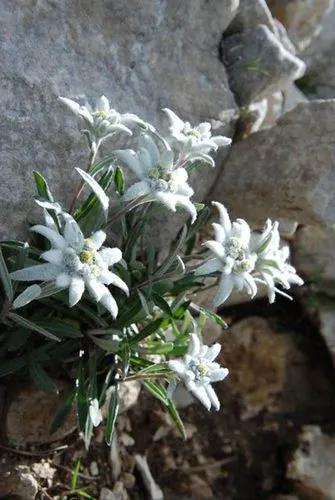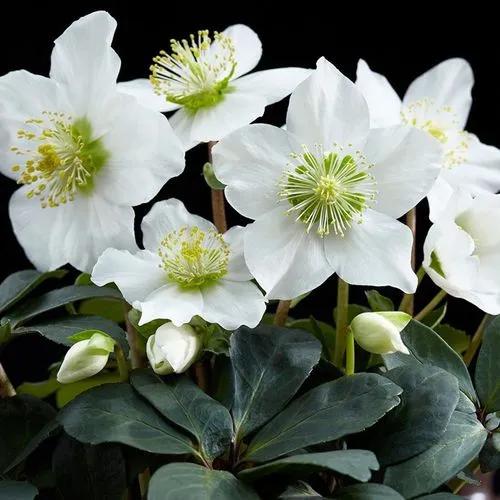Lapageria rosea is a climbing shrub native to Chile. It has thin stems, which stretch up to about two meters in height, very branched; the evergreen leaves are ovate, dark green, thick and leathery. From late spring until early autumn it produces many large flowers, up to 3-3.9in/8-10 cm long, in the shape of an elongated trumpet, hanging; the flowers of the rosy lapageria can be red, white or bright pink, but there are many hybrids, even with mottled flowers. The petals are waxy and thick. They produce small rounded, edible fruits with a sweetish flavor.
Chilean Bellflower Care
Lapageria Rosea



How to Care for the Plant

Water

They need regular watering, which keeps the soil constantly wet, but not soaked with water; especially during the warmer months it is watered abundantly, in winter instead watering can be thinned, without ever leaving the soil moist. They do not withstand drought.

Fertilizer

To achieve abundant flowering, from March to October, provide fertilizer for flowering plants every 15-20 days.

Sunlight

It is grown in a shady, but very bright place; it fears direct sunlight, and in the warm months it can be grown outdoors, completely in the shade.

Soil

To cultivate Lapageria rosea it is good to have care to use a rich, fresh, moist soil with a slightly acid ph; it can be prepared using acidophilic plant potting soil, mixed with shredded bark and humus or leaf potting soil.

Temperature

The lapageria fear temperatures of many degrees below 32°F/0°C, but you can grow them outdoors in regions with mild winters, placing them in the shelter of a wall.

Container

As for containers, we recommend the use of terracotta pots to allow the earth to breathe

Popularity

79 people already have this plant 11 people have added this plant to their wishlists
Discover more plants with the list below
Popular articles






